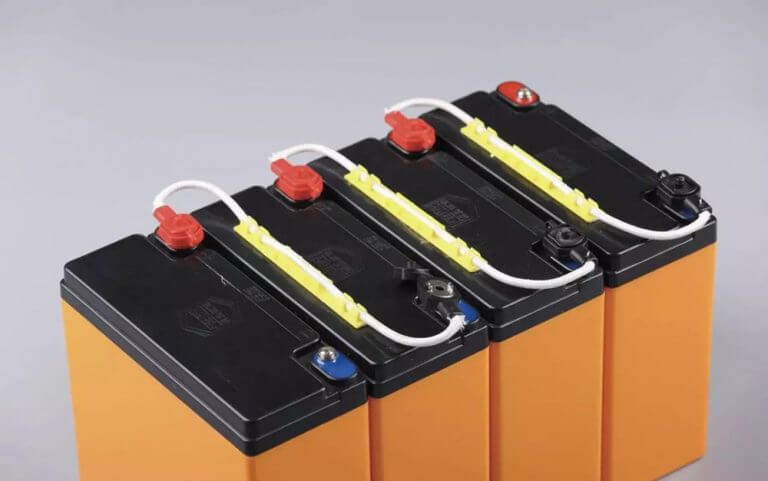If a lead-acid battery is not storing electricity effectively, there are several troubleshooting steps you can take to address the issue.
- Check the Connections: Ensure that all connections to the battery terminals are tight and free from corrosion. Poor connections can impede the flow of electricity to and from the battery.
- Inspect for Damage: Perform a visual inspection of the battery for any signs of physical damage, such as cracks in the case or leaking electrolyte. Damaged batteries may not hold a charge properly and may need to be replaced.
- Charge the Battery: If the battery is discharged, connect it to a suitable charger and recharge it according to the manufacturer’s recommendations. Make sure the charger is compatible with lead-acid batteries and has the appropriate voltage and current settings.
- Check Electrolyte Levels: For flooded lead-acid batteries, verify that the electrolyte levels are adequate and cover the plates properly. Add distilled water if necessary to bring the electrolyte levels up to the recommended level.
- Test Voltage and Specific Gravity: Use a multimeter to measure the voltage of the battery. A fully charged lead-acid battery should have a voltage of around 12.6 volts. Additionally, check the specific gravity of the electrolyte using a hydrometer. Compare the readings to the manufacturer’s specifications to assess the battery’s state of charge.
- Perform a Load Test: Use a load tester to apply a load to the battery and measure its voltage under load. A stable battery should maintain voltage within an acceptable range during the test. If the voltage drops significantly under load, it may indicate a weak or failing battery.
- Clean the Battery Terminals: If corrosion is present on the battery terminals, clean them thoroughly using a mixture of baking soda and water or a commercial battery terminal cleaner. Ensure the terminals are dry and free from corrosion before reconnecting them.
- Allow for Equalization: For flooded lead-acid batteries, perform an equalization charge if recommended by the manufacturer. This process helps to balance the cells and restore the battery’s capacity.
- Consider Replacement: If the battery fails to hold a charge or perform adequately despite troubleshooting efforts, it may be time to replace it with a new one. Choose a high-quality replacement battery that meets the requirements of your application.
By following these steps, you can troubleshoot and address issues with lead-acid batteries that are not storing electricity effectively, helping to restore their performance and reliability.


